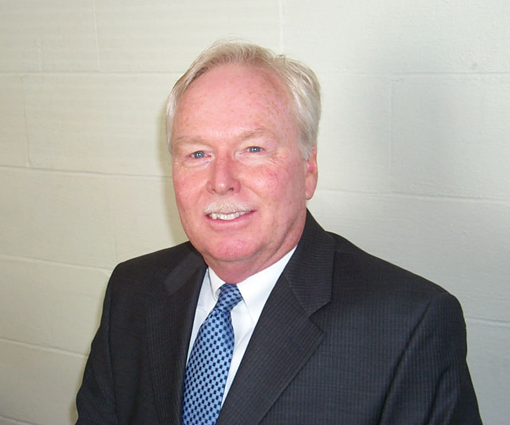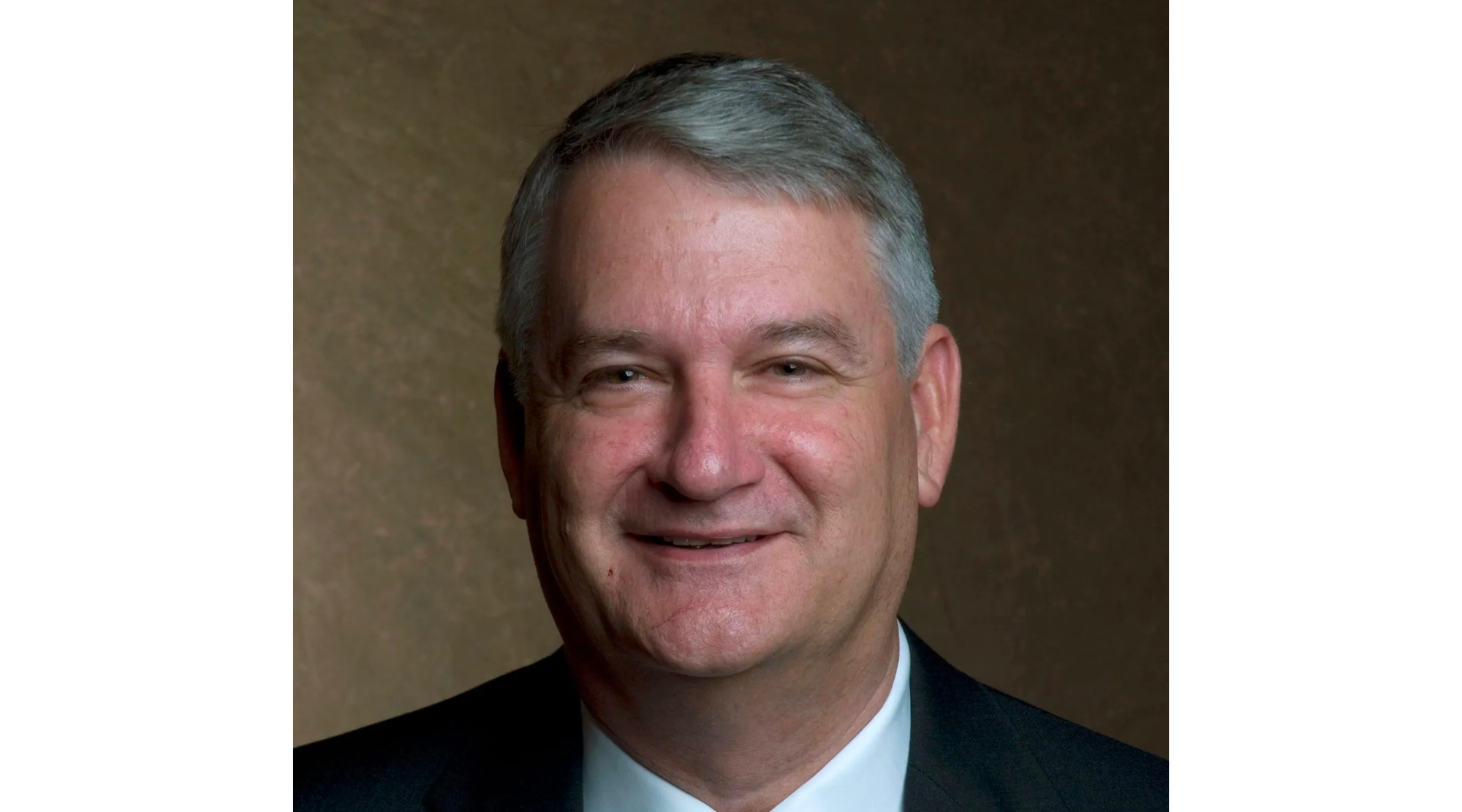History in the most unlikely of places
Published 4:31 pm Friday, October 25, 2019
|
Getting your Trinity Audio player ready...
|
Wednesday night I was in Atlanta for a concert with some of my friends, and while that was a great time the most interesting part came about on Thursday during our drive home.
We left where we were staying and decided to get brunch uptown in Sandy Springs. We all enjoyed a delicious meal and were walking back to the car when I noticed the writing on the side of the pillar. The sign read “Anne Frank exhibit.”
The Holocaust was a tragic time during our history. It is devastating and beyond comprehension that someone could perform those acts on such innocent people. However, the remnants left behind also are so interesting and tell such fascinating stories, you can’t help but want to learn more.
My friends feel very similarly and we decided to check out this exhibit. Unfortunately, due to time constraints we weren’t able to view the entire exhibit, but what we did see was intriguing and I learned more about Anne Frank than I ever remember.
We first watched a video, where many of Anne’s classmates reminisced on what she was like growing up. One of the interviews was with Anne’s boyfriend of the time. I never really knew Anne’s age; I didn’t know she had a boyfriend and I didn’t realize that while she was sad to leave her friends, she was sadder to lose her first “young love.”
The boyfriend said in the video he arrived to pick up Anne for their date, but Anne and her family had already gone into hiding. He said most boys wouldn’t care, because they knew they would see their girlfriend the next day at school, but for him it was a sad moment because he knew he would never see Anne again.
Following that interview, we learned from a replica about the intricacies of the annex Anne, her family and other families lived in while hiding.
Anne’s father worked for a company in Amsterdam, who during this time created a secret annex, complete with bedrooms and running water, to house Anne’s family, along with the van Pels and Mr. Pfeffer.
The annex was hidden behind a bookcase that opened to a door. Below the annex was a workshop. The family had to be completely silent and never make a sound in fear they may be heard. They could never look out the window or be noticed.
The family lived like this for two years, before being caught. During the two years, Anne kept a diary, which today is a widely recognized book.
During the capture of those in the annex, the house was ransacked, but Anne’s diary was left behind and found by one of the employees who helped house her, Miep Giles.
Anne was taken to multiple concentration camps, where she eventually succumbed to Typhus. One of the interviews was with Anne’s classmate, who happened to make it out, but was in the same concentration camp as Anne.
The interview almost brought me to tears. The classmate discussed how she still wondered how they recognized each other, due to their malnourishment and change in appearance but how it was the happiest day of her life, and how without the help of Anne she wouldn’t have made it through.
The final interview was with Otto Frank, Anne’s father and the only Frank who survived the Holocaust. He returned to where the secret annex once was and found only Miep, who gave him his daughter’s diary.
He told interviewers he spent years reading the diary and preparing it for publication, which was his daughter’s final wish.
Today the book has sold over 30 million copies and known worldwide for documenting the fear a child lived in during this time.
I highly encourage everyone to visit this exhibit, because it is so eye opening and really shows how lucky we are. We fuss over politics day in and day out, which at times can be frustrating, but it’s better than the alternative. Let us never turn a blind eye and take what a leader says at face value again. Let us dig deeper and make our own assumptions and never let fear of one group turn us into someone heartless and cold.





